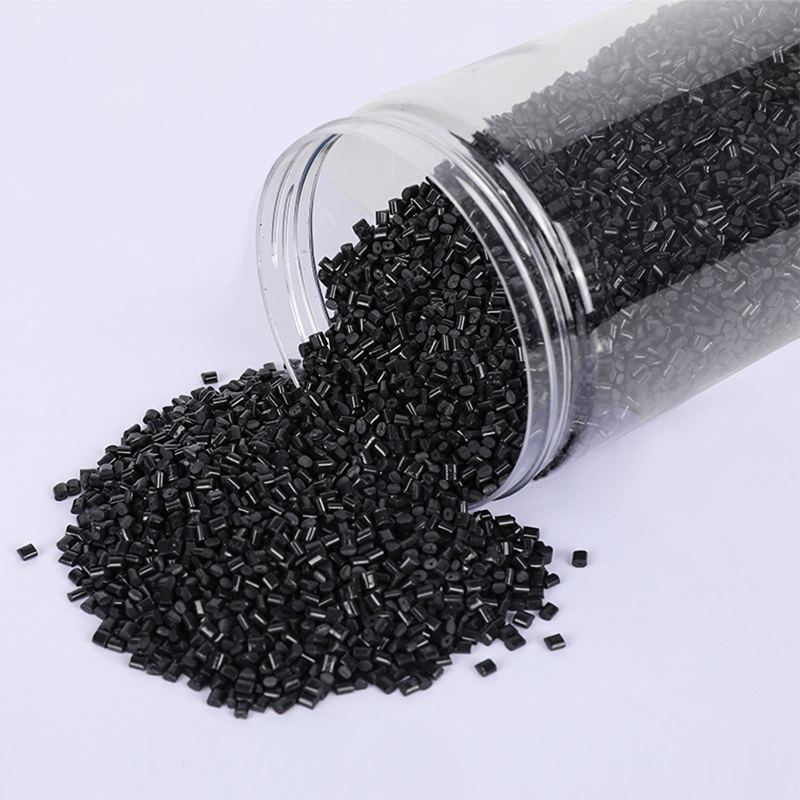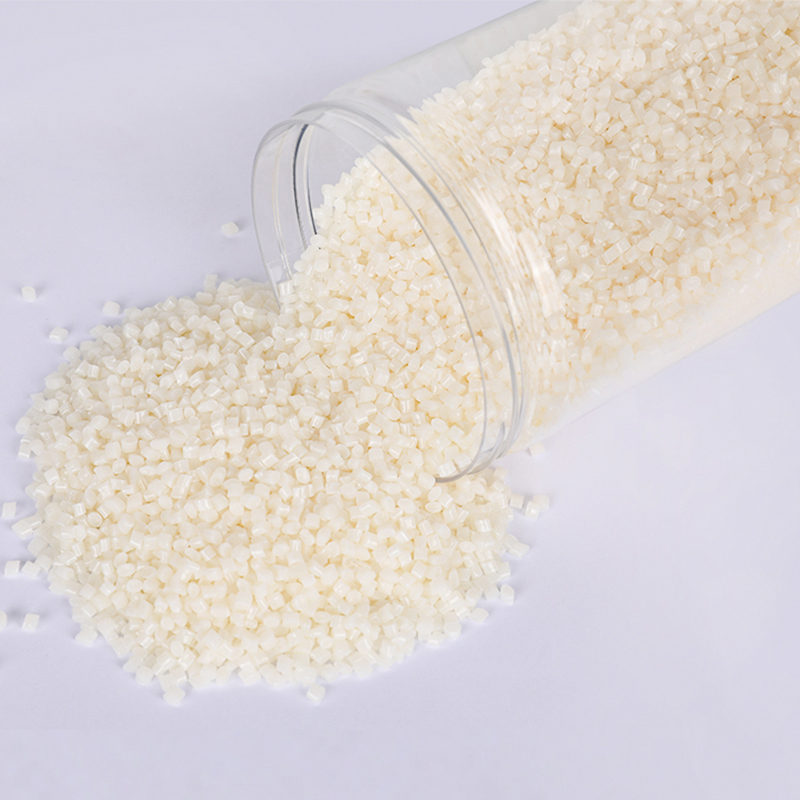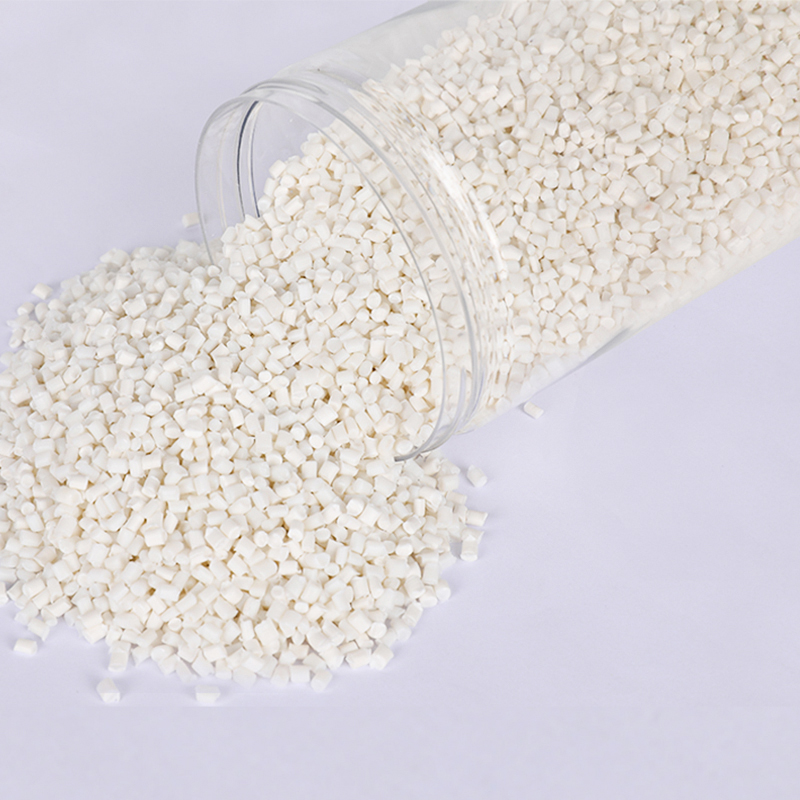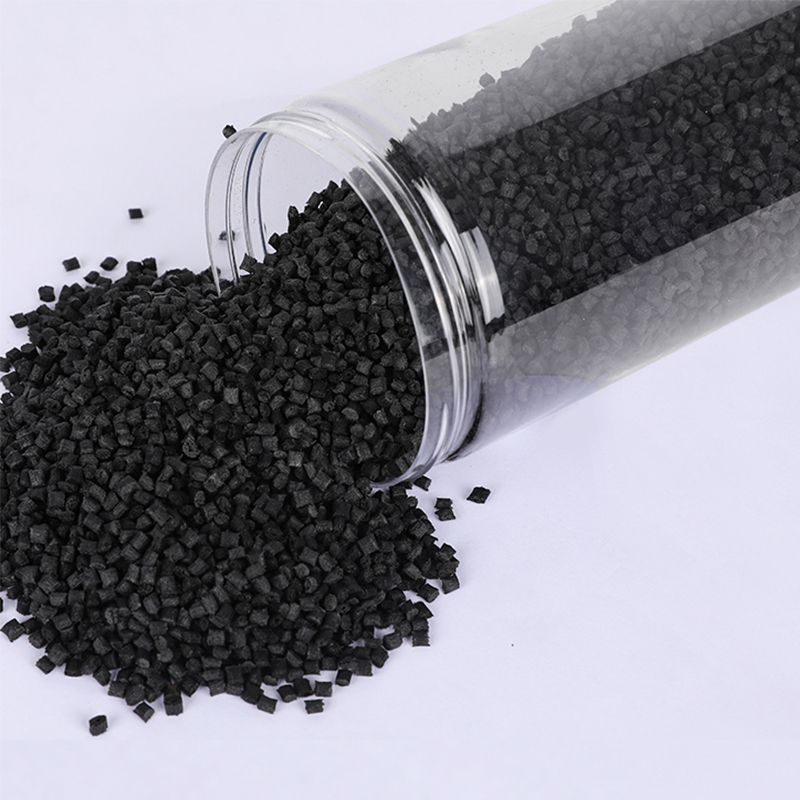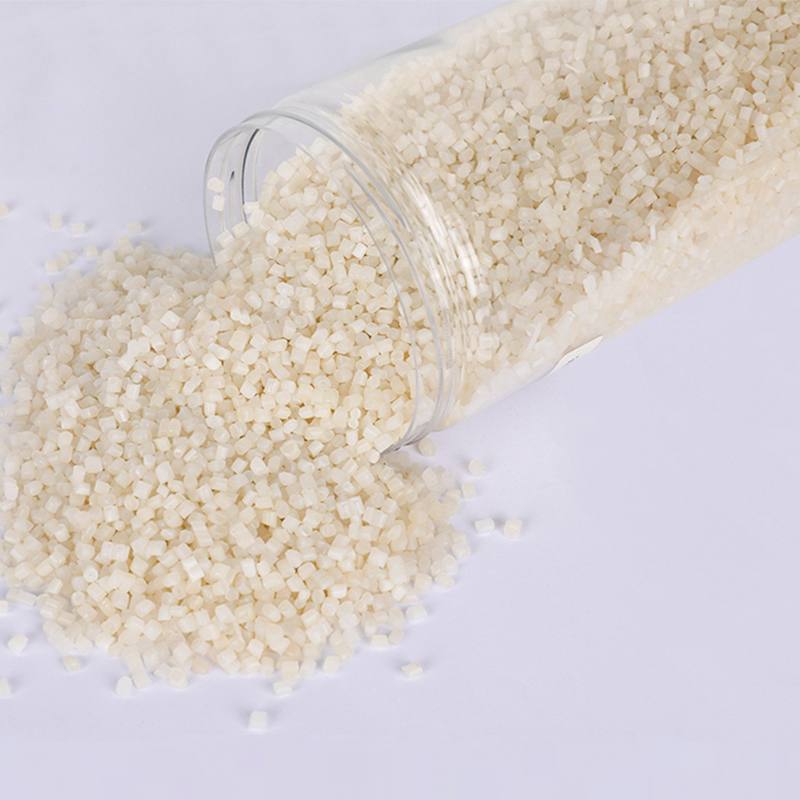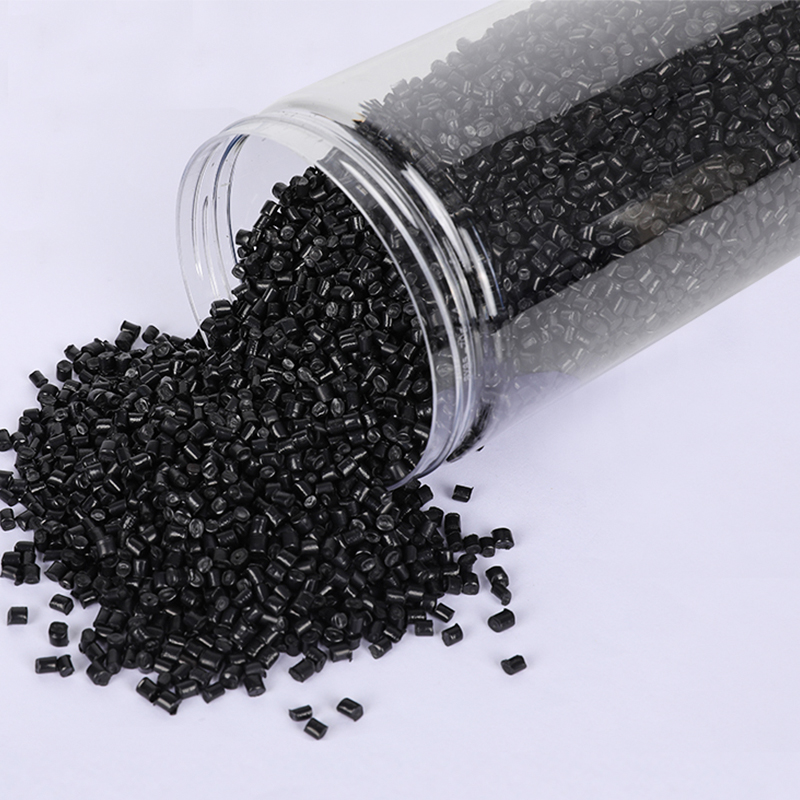Stay up to date with our recent products
Web Menu
Product Search
Exit Menu
Thermoplastic Engineering Plastics: Properties, Applications & Future Trends
What Are Thermoplastic Engineering Plastics?
Thermoplastics are polymers that soften when heated and solidify when cooled—a property that allows repeated processing without significant degradation. Within this category, engineering thermoplastics (ETPs) are distinguished by their superior mechanical, thermal, and chemical resistance compared to standard plastics like polyethylene or polystyrene.
Common engineering thermoplastics include:
Polycarbonate (PC): High impact resistance, optical clarity.
Polyamide (PA, Nylon): Strong, abrasion-resistant, with excellent toughness.
Polyacetal (POM): High dimensional stability, low friction.
Polybutylene terephthalate (PBT): Good electrical insulation, chemical resistance.
Polyphenylene oxide (PPO): Thermal stability and hydrolytic resistance.
Polyether ether ketone (PEEK): High-end ETP with exceptional chemical and heat resistance.
Key Properties of Thermoplastic Engineering Plastics
Mechanical Strength:
ETPs often rival metals in terms of stiffness and tensile strength, making them suitable for load-bearing parts.
Thermal Resistance:
Many can endure temperatures between 100°C and 300°C without losing performance.
Chemical Resistance:
Resistant to oils, fuels, solvents, and many industrial chemicals.
Dimensional Stability:
Low creep and warpage allow precise molding for critical engineering parts.
Ease of Processing:
Can be injection molded, extruded, blow-molded, and thermoformed.
Advantages Over Metals and Other Materials
Lightweight: Reduces overall system weight in automotive and aerospace, contributing to fuel efficiency.
Corrosion Resistance: Unlike metals, ETPs resist rust and oxidation.
Design Flexibility: Complex shapes and thin-walled structures are achievable.
Cost Efficiency: Lower processing costs compared to machining metals.
Noise Reduction: Natural vibration damping properties enhance comfort in consumer and transport applications.
Applications of Thermoplastic Engineering Plastics
1. Automotive & Transportation
Engine covers, intake manifolds, gears, and lightweight body components.
Replacement of metal parts reduces weight and improves fuel economy.
2. Electrical & Electronics
Connectors, housings, switches, and insulating components.
Flame-retardant ETPs enhance safety in electronic devices.
3. Medical Devices
Surgical instruments, implants, and sterilizable equipment.
Biocompatible grades like PEEK are used in orthopedic implants.
4. Aerospace
Interior panels, brackets, and insulation components.
High-performance plastics replace metals for weight savings and fuel efficiency.
5. Consumer Goods
Sports equipment, power tools, eyewear, and appliance housings.
Durability and aesthetics make them suitable for premium products.
Challenges and Limitations
Despite their strengths, ETPs face some challenges:
Higher Costs: More expensive than commodity plastics and some metals.
Moisture Sensitivity: Materials like nylon can absorb water, affecting properties.
Processing Complexity: Some require precise conditions for optimal performance.
Future Trends in Engineering Thermoplastics
Sustainability & Recycling:
Development of bio-based and recyclable ETPs to align with global sustainability goals.
Metal Replacement:
Continued innovation to replace aluminum and steel in critical automotive and aerospace applications.
Additive Manufacturing (3D Printing):
Increasing adoption of high-performance thermoplastics in industrial 3D printing for rapid prototyping and end-use parts.
Nanocomposite Integration:
Reinforcing ETPs with nanomaterials (carbon nanotubes, graphene) to enhance conductivity and strength.
As China PCR Recycled Plastic Granules Factory, We always adhere to the experience and philosophy of "keeping up with the times, constantly innovating, developing efficiently, and cooperating for mutual benefit"

Address: No.11, Wangzhuang Section, Provincial Road 01, Daqiao New Area, Economic Development Zone, Haiyan County, Jiaxing City, Zhejiang Province, China
Phone: +86-18058285678
Fax: +86-0573-86868101
E-mail: [email protected]
SUNRISE GROUP(Overseas Exclusive Agent)
www.sunrisechemical.com
2024 ICIS Global Chemical Distributor Top 8
Export Sales Manager:Helen Zhang
Mob/Whatsapp: +86 19883063465
Email: [email protected]
Copyright © Jiaxing Anyiju Plastic Industry Co., Ltd. All Rights Reserved

 简体中文
简体中文 English
English

